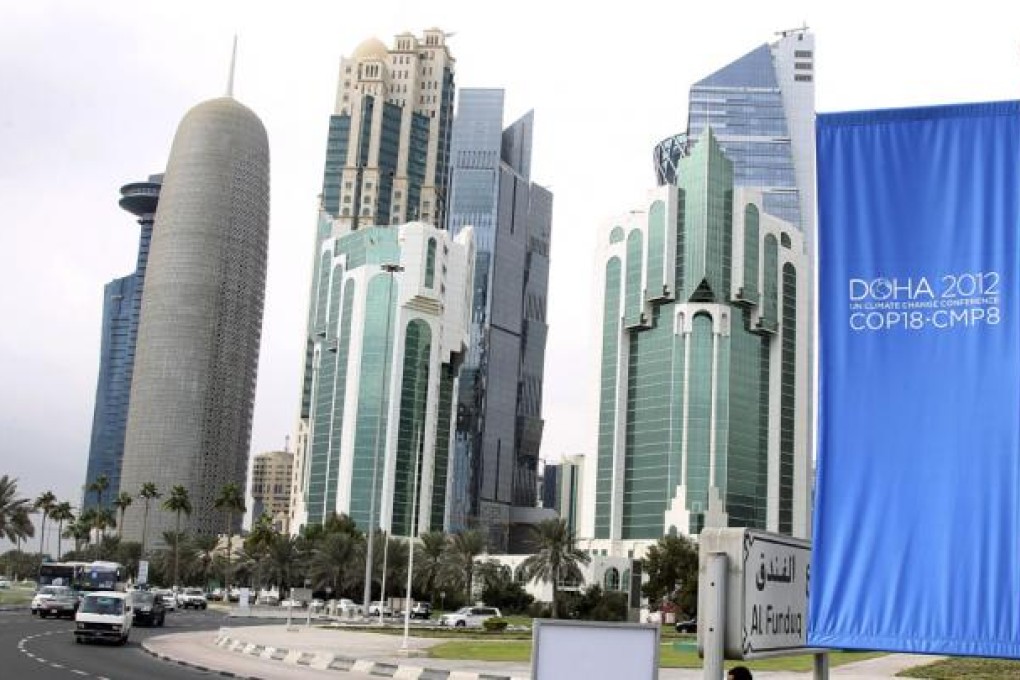Ensure people get timely information during disasters
Julian Hunt and Joy Pereira urge investment to improve communication in disaster-prone societies

The impact of natural disasters, caused by multiple geophysical hazards, is greater in Asia than on any other continent. This is true both in mega cities and rural areas - particularly near coasts, unstable mountain slopes and volcanoes, and deserts.
Even though casualties are reducing as a result of technology and management, economic losses are increasing, especially in areas with rapidly growing populations. As the United Nations climate change conference in Qatar, which opens today, will be reminded, disasters and the loss of agricultural production become even more acute as a result of weather extremes, sea-level rises and other effects associated with climate change.
To be sure, major geophysical events have also struck in countries at higher latitudes; Hurricane Sandy in the Americas devastated farms in Haiti, which had already been hit by the 2010 earthquake. The economic and social consequences of disasters are generally worse in less developed countries.
The Qatar summit will be negotiating levels of funding for adaptation to climate change. And this must include dealing with natural disasters at every stage - before, during and after.
Such funds should be spent not only on infrastructure, but also on maintaining resilient and usable communications and internet technology that could provide better warnings, and improve community involvement and real-time management.
With two-way communication between communities and central organisations, assistance can be provided more rapidly and effectively. Forecasts and advisory information are communicated to people in affected areas, through public broadcasts, specific radio messages (for example, to fishermen), and increasingly through the internet and social media. Many countries are now strengthening the structures that support communication systems.
Even for hazards such as earthquakes and volcanoes that cannot yet be predicted, effective, life-saving advice can still be provided - such as with improved warning procedures following the Asian tsunamis in 2004. Social media is equally important in these situations.